Lighting systems in hazardous areas
The lighting of tanks 1. Introduction In the industrial plants coexist normally different lighting systems to meet specific system...
1. Introduction
In the industrial plants coexist normally different lighting systems to meet specific system requirements
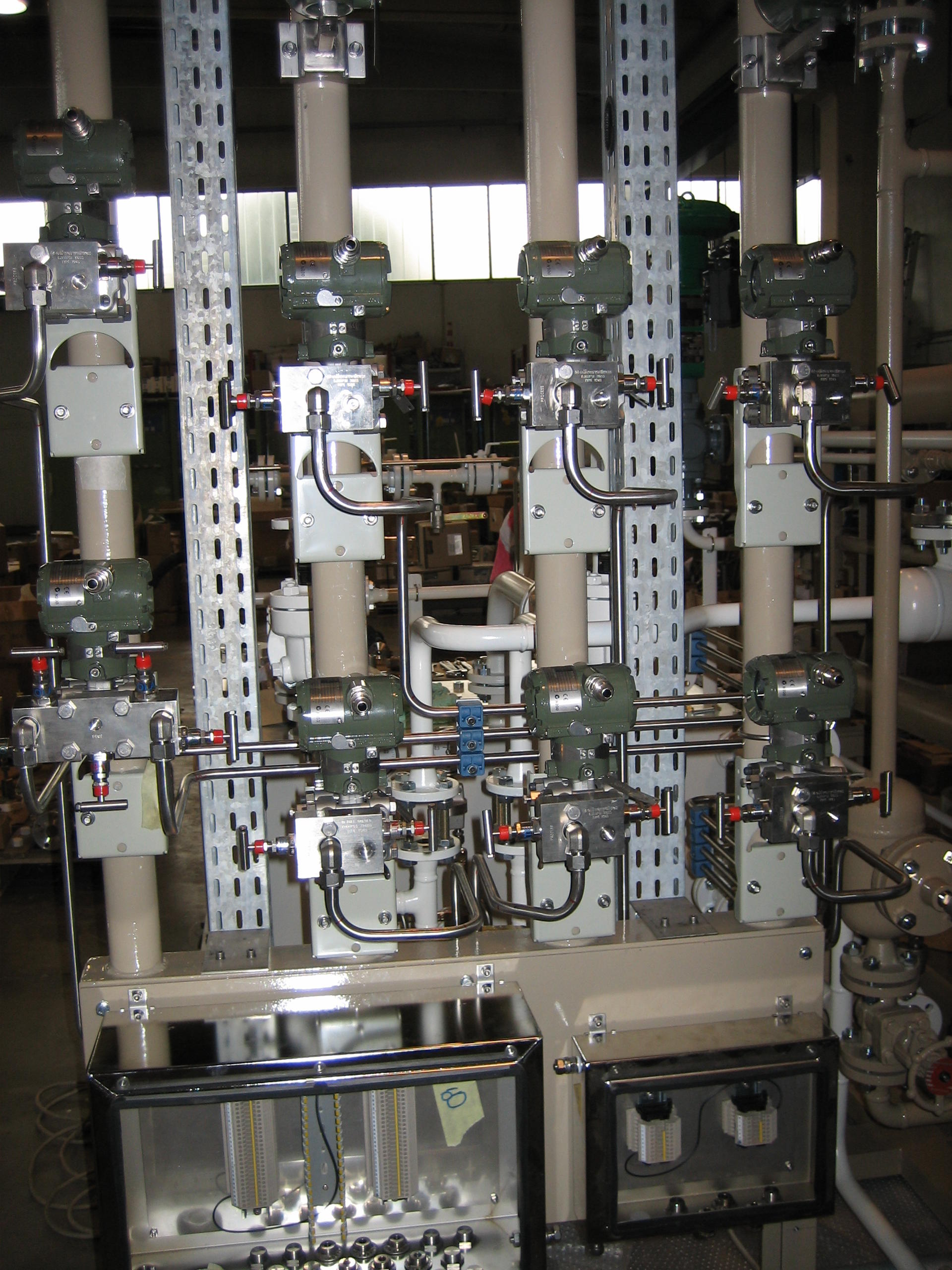
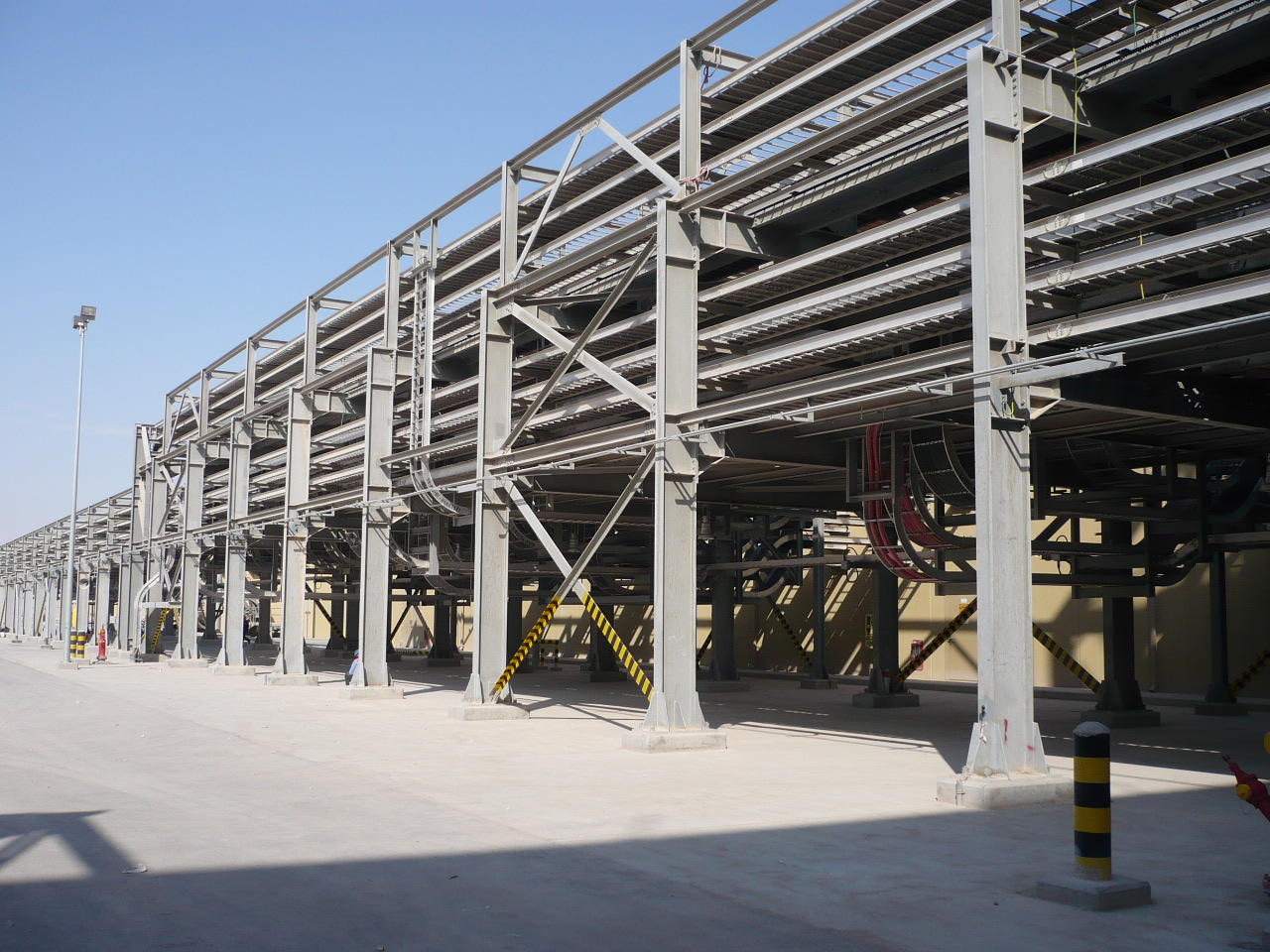

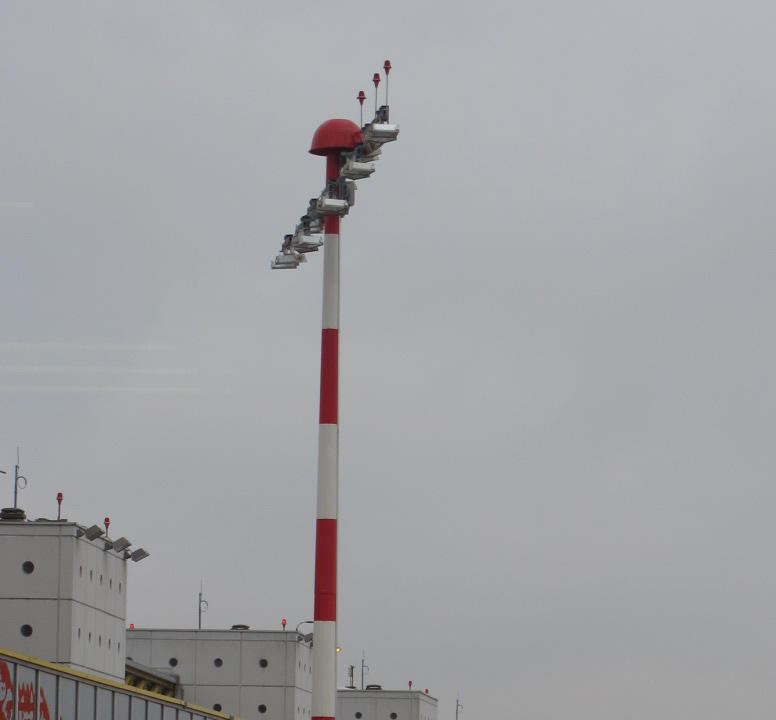
The technical innovation has lead to a radical change in lighting systems, due to the introduction of new LED systems and, consequently, of new lighting fixtures. With the same luminous flux, the new LED systems have the advantage of absorbing an amount of energy some times up to 70% less respect to the energy required with use of lighting fixtures with traditional or fluorescent lamps and, not least, a feeling of lighting more pleasant to the human eye.



Warehouse lighted with discharge lamps. The shadows are more pronounced.
2. The lighting of tanks in hazardous areas
For the lighting of field instrumentation or of external and internal tanks containing liquid and/or solids in dusty or granular state such as, for example, flour tanks are used lighting fixtures of smaller dimensions or with fixing devices suitable for the required function or, in extreme cases, portable lighting fixtures with self-powered or working with energy drawn from the external circuits light sockets distributed evenly over the area of the plant.
To illuminate the interior of storage tanks are used lighting fixtures mounted directly on tank window and, in an opposite position, a sight glass that allows the operator to visually check the internal level and/or the quality/state of the product contained therein.

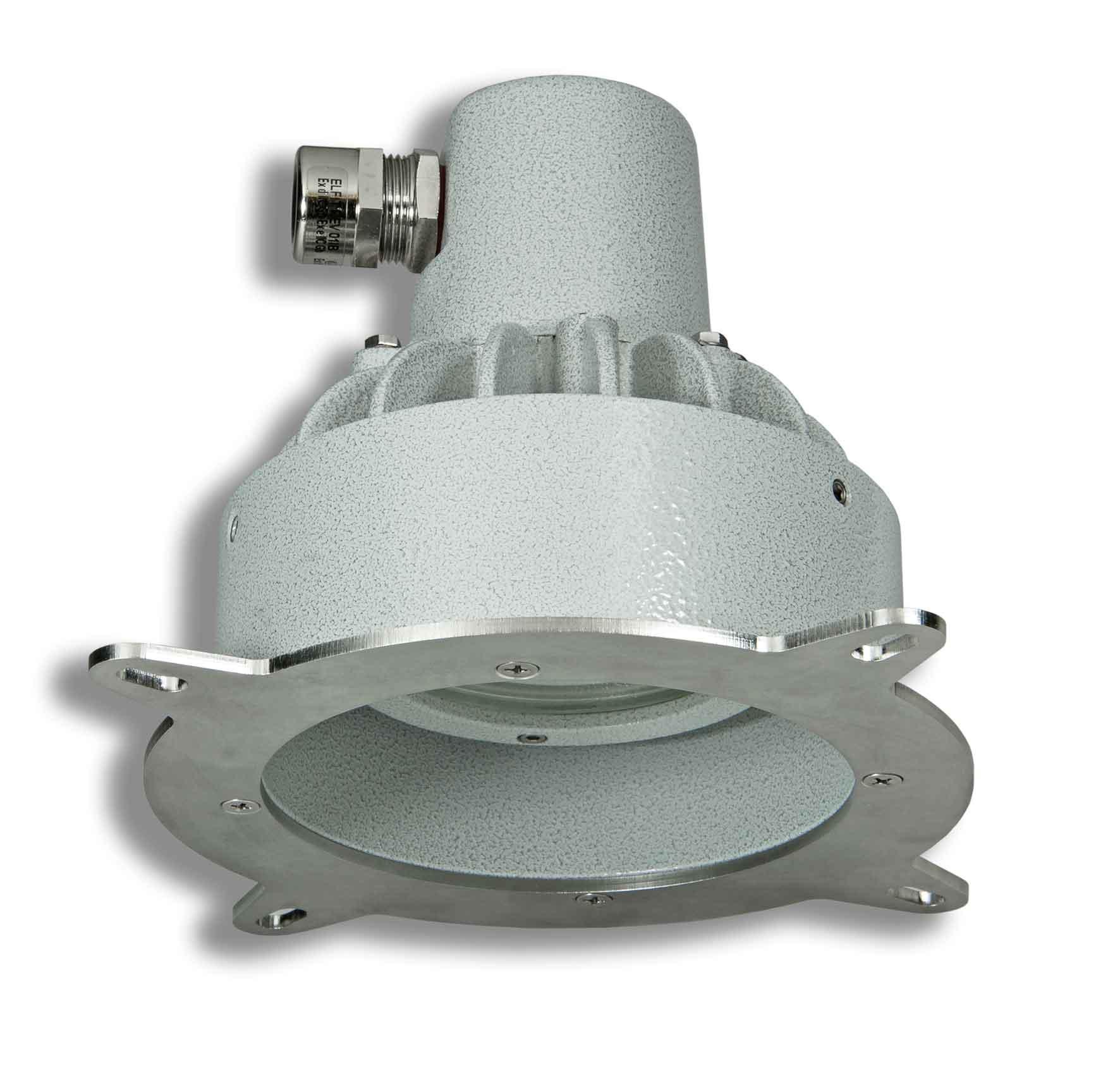
Fig. 1 Application of lighting fixture series EVML-50/O.. for mechanical level on tank
In the need to light mechanical levels of other type, EVML-50/OB series lighting fixtures may be placed in the rear of the mechanical level, adapting it with a special casing for conveying the luminous flux (casing excluded from our supply).


Fig. 2 Application of lighting fixture series EVML-50/O.. for backlit mechanical level on tank
Similarly, in the need to light field instrumentation such as instruments of pressure, flow, temperature etc…, it’s necessary a lighting fixture which meets these requirements. Some times, the manufacturer of the equipment supplies a lighting system incorporated with the instrument or, if not provided, are usually used portable lamp that will be fed from the light sockets available in the system.
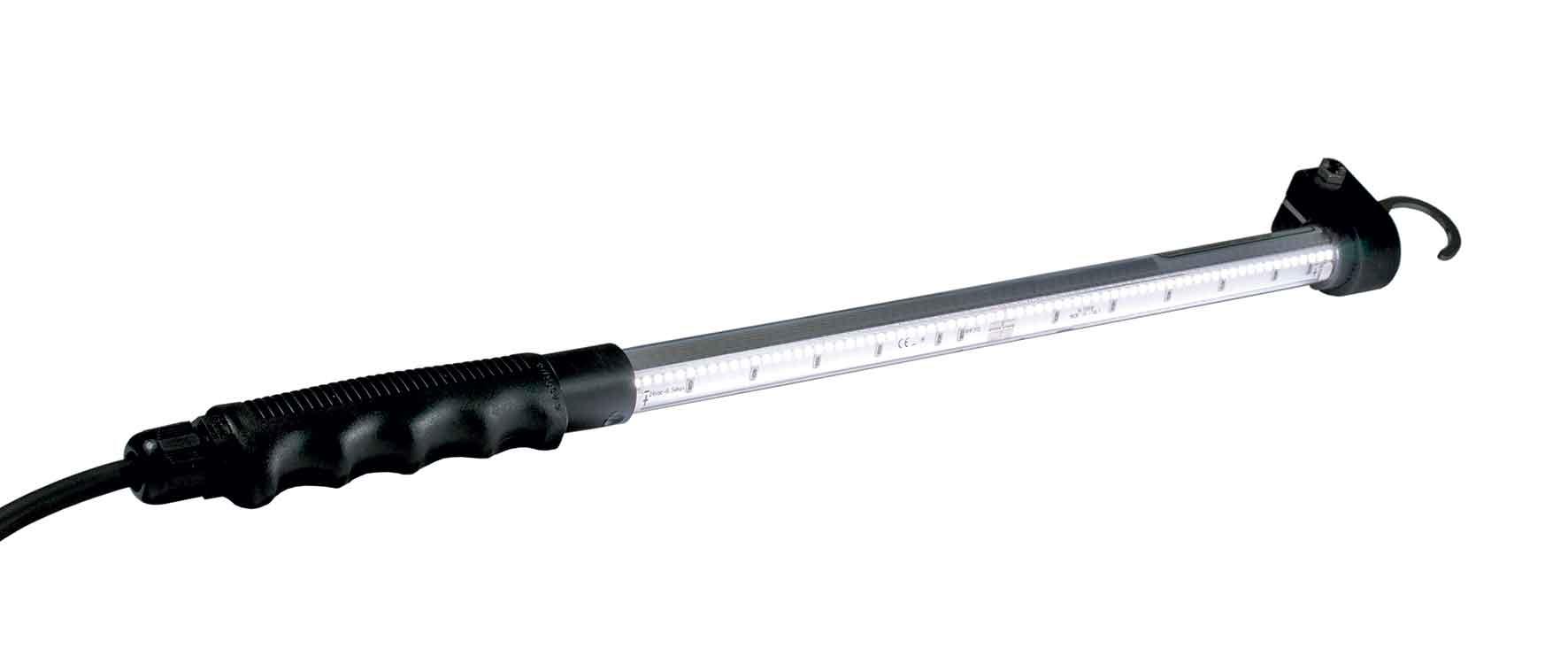
Fig. 3 Portable lamp type LHL-..P
For the other types of lighting systems described in the introduction, it’s necessary to adopt different types of lighting and design.
In the case of distributed lighting are used lighting fixtures with discharge or LED lamps of power well-proportioned with the level of lighting required (values varying from 5 lux to 150 lux at one meter from the floor) such as EVL and EWL series Cortem lighting fixtures and floodlights.
In the case of precision lighting are normally used lighting fixtures with fluorescent lamps or, as mentioned in the first case, with LED of power well-proportioned with the level of lighting required and with its the strategic function (values ranging from a minimum of 50 lux to a maximum of 300 lux at one meter from the floor). LED lighting fixtures FLF-L, FLFE-L and EXEL-L series fulfil, for example, this function.
For the lighting of large areas are used floodlights with discharge lamps having light beam directed through parabolas concentric type, symmetrical and/or asymmetrical, depending on the specific needs of lighting or LED floodlights with different optics such as EWL series.
Cortem Group, always attentive to energy savings and to reduce environmental impact, has completely renew its lighting product range that meets:
- the EU Directive ErP 2009/125/EC (Energy Related Product), the new version of the old EUP Directive 2005/32/EC (Energy Using Product), which regulates the Eco-Design requirements for all products that use energy, the environmentally friendly design and the integration of the environmental aspects into the product design with the aim of improving the environmental performance throughout its entire life cycle;
- the technical rules EN 60079- ... series relevant to the construction of lighting fixtures suitable for installation in hazardous areas with presence of explosive gas or dust.